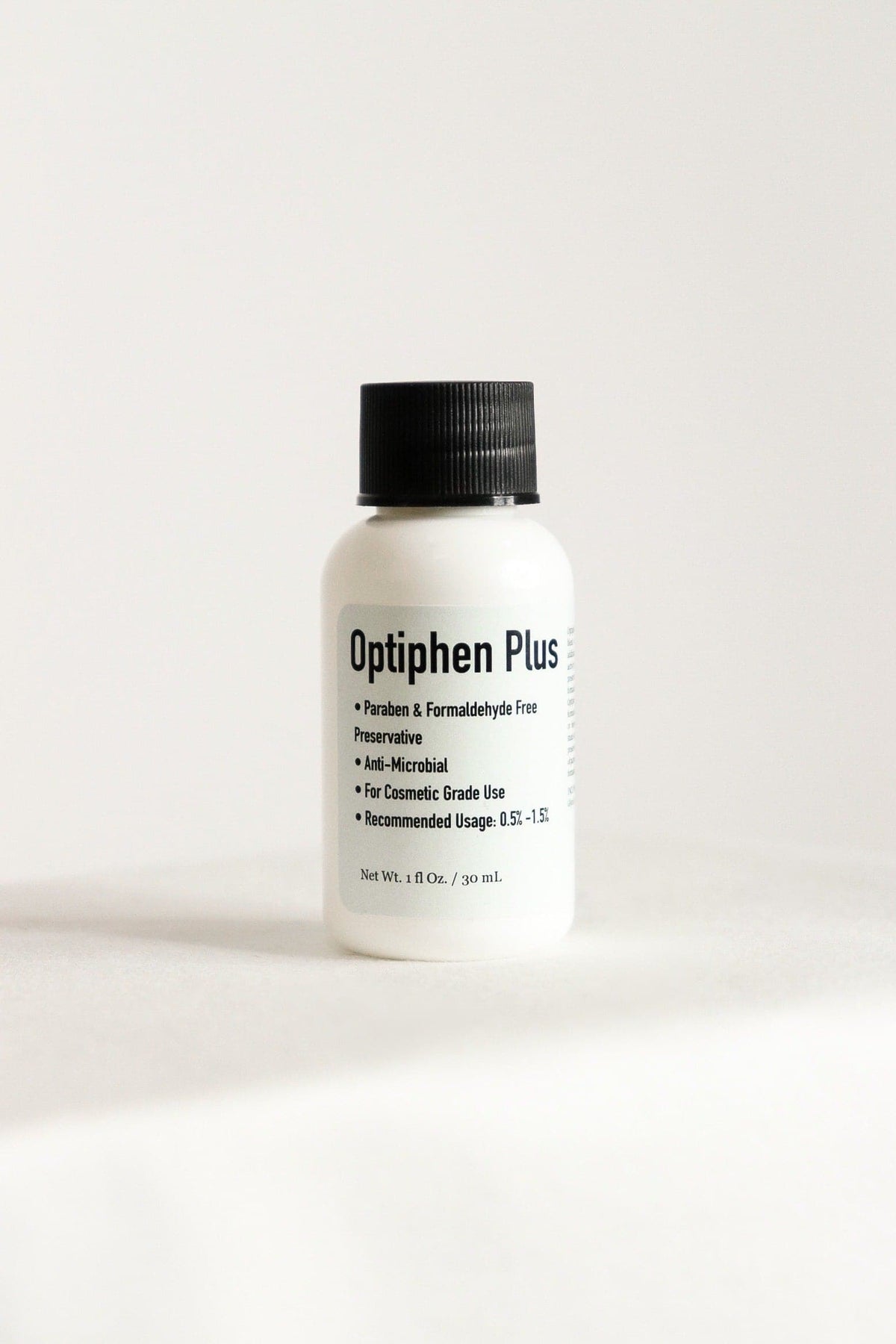
When it comes to beauty products, one of the key considerations is ensuring their safety for use. Preservatives are added to cosmetics and personal care items to prevent microbial growth, extending their shelf life and keeping them safe for consumers. Phenoxyethanol is a popular preservative used in many beauty products due to its efficacy against bacteria, mold, and yeast.
However, there have been some concerns raised about its safety. If you want to purchase phenoxyethanol preservative then you may explore this website. Let's delve into the research and explore the safety of phenoxyethanol as a preservative in beauty products.
What is Phenoxyethanol?
Phenoxyethanol is a synthetic preservative that has been approved for use in cosmetics and personal care products. It is a glycol ether often used as a safer alternative to parabens, another common preservative that has raised health concerns. Phenoxyethanol is effective at inhibiting the growth of bacteria and fungi, helping to maintain the integrity of beauty products over time.
Regulatory Approval
1. FDA Approval
The U.S. Food and Drug Administration (FDA) has evaluated the safety of phenoxyethanol and approved its use as a preservative in cosmetics and personal care items at concentrations up to 1%. This regulatory approval indicates that phenoxyethanol is considered safe for use in beauty products when used within specified limits.
2. EU Regulation
In the European Union, phenoxyethanol is listed on the CosIng database as a preservative with specific concentration limits depending on the type of cosmetic product. Regulatory bodies in the EU have deemed phenoxyethanol safe for use in cosmetics, further supporting its safety profile.
Safety Studies
1. Skin Irritation
Studies have shown that phenoxyethanol is non-sensitizing and generally well-tolerated by the skin at concentrations typically used in cosmetics. However, like any ingredient, some individuals may experience irritation or allergic reactions. It is recommended to perform a patch test before using products containing phenoxyethanol, especially for those with sensitive skin.
2. Toxicity
Research on the acute toxicity of phenoxyethanol has demonstrated that it has a low potential for harm when used as directed in beauty products. The Cosmetic Ingredient Review (CIR) Expert Panel has evaluated the safety data on phenoxyethanol and determined it to be safe for use in cosmetics at concentrations up to 1%.
3. Environmental Impact
Phenoxyethanol is considered to have low environmental toxicity and biodegrades readily in the environment. This means that it is less likely to accumulate in ecosystems and cause harm to wildlife. When used responsibly and in accordance with regulations, phenoxyethanol's impact on the environment is minimal.
Controversies and Consumer Concerns
Despite regulatory approval and safety data supporting the use of phenoxyethanol in beauty products, there have been some controversies and consumer concerns surrounding its safety. It is important to address these issues and provide clarity on the following points:
1. Preservative Alternatives
- Some consumers prefer to avoid synthetic preservatives like phenoxyethanol and opt for products preserved with natural ingredients.
- Formulators are exploring alternative preservatives to meet the demand for cleaner, greener beauty products.
2. Misinformation
- There is a lot of misinformation circulating about the safety of phenoxyethanol, leading to confusion among consumers.
- It is essential to rely on scientific research and regulatory evaluations to make informed decisions about ingredient safety.
Conclusion
Phenoxyethanol is a widely-used preservative in beauty products that has undergone regulatory scrutiny and safety evaluations. While some controversies exist, scientific studies support the safety of phenoxyethanol within specified limits. Consumers can make informed choices by considering their individual sensitivities and preferences. As with any cosmetic ingredient, it is essential to use products as directed and be aware of any potential reactions. By staying informed and mindful of ingredient safety, consumers can enjoy the benefits of beauty products while prioritizing their well-being.